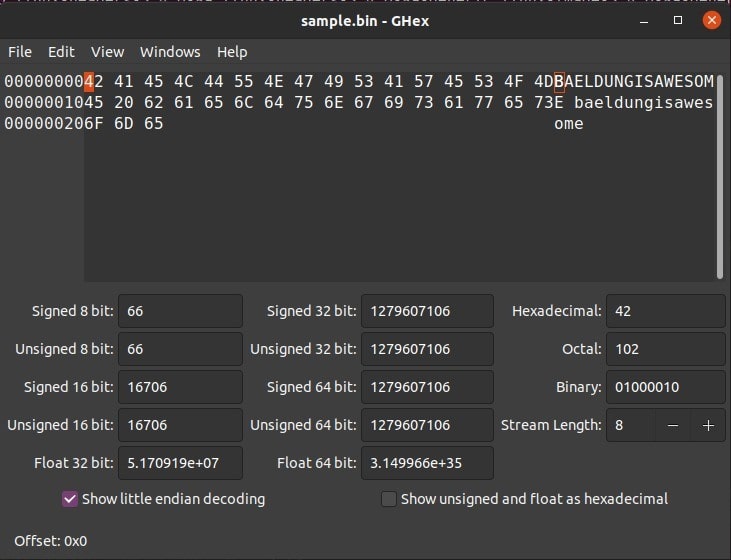


(In)famous for its terseness, ed gives almost no visual feedback, and has been called (by Peter H. powerful automation can be achieved by feeding commands from standard input.available on essentially all Unix systems (and mandatory on systems conforming to the Single Unix Specification).The Unix stream editor, sed implemented many of the scripting features of qed that were not supported by ed on Unix. The non-interactive Unix command grep was inspired by a common special use of qed and later ed, where the command g/re/p means globally search for the regular expression re and print the lines containing it. Ritchie produced what Doug McIlroy later described as the "definitive" ed, and aspects of ed went on to influence ex, which in turn spawned vi. Regular expressions are also implemented in ed, though their implementation is considerably less general than that in qed.ĭennis M. Thompson's versions of qed were notable as the first to implement regular expressions. Thompson was very familiar with qed, and had reimplemented it on the CTSS and Multics systems. Many features of ed came from the qed text editor developed at Thompson's alma mater University of California, Berkeley. The ed text editor was one of the first three key elements of the Unix operating system- assembler, editor, and shell-developed by Ken Thompson in August 1969 on a PDP-7 at AT&T Bell Labs.


 0 kommentar(er)
0 kommentar(er)
